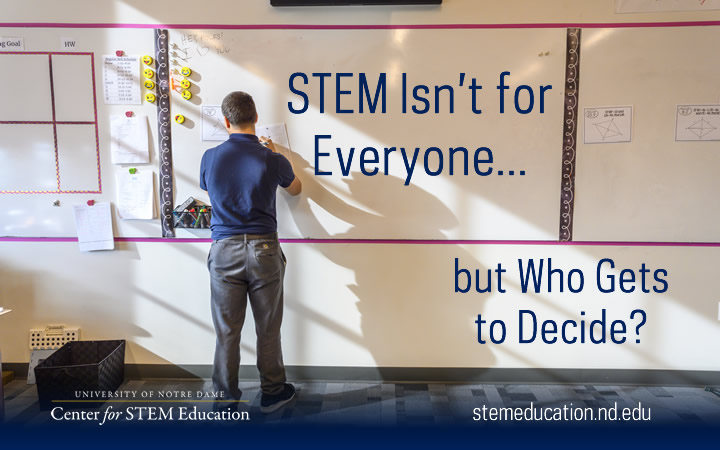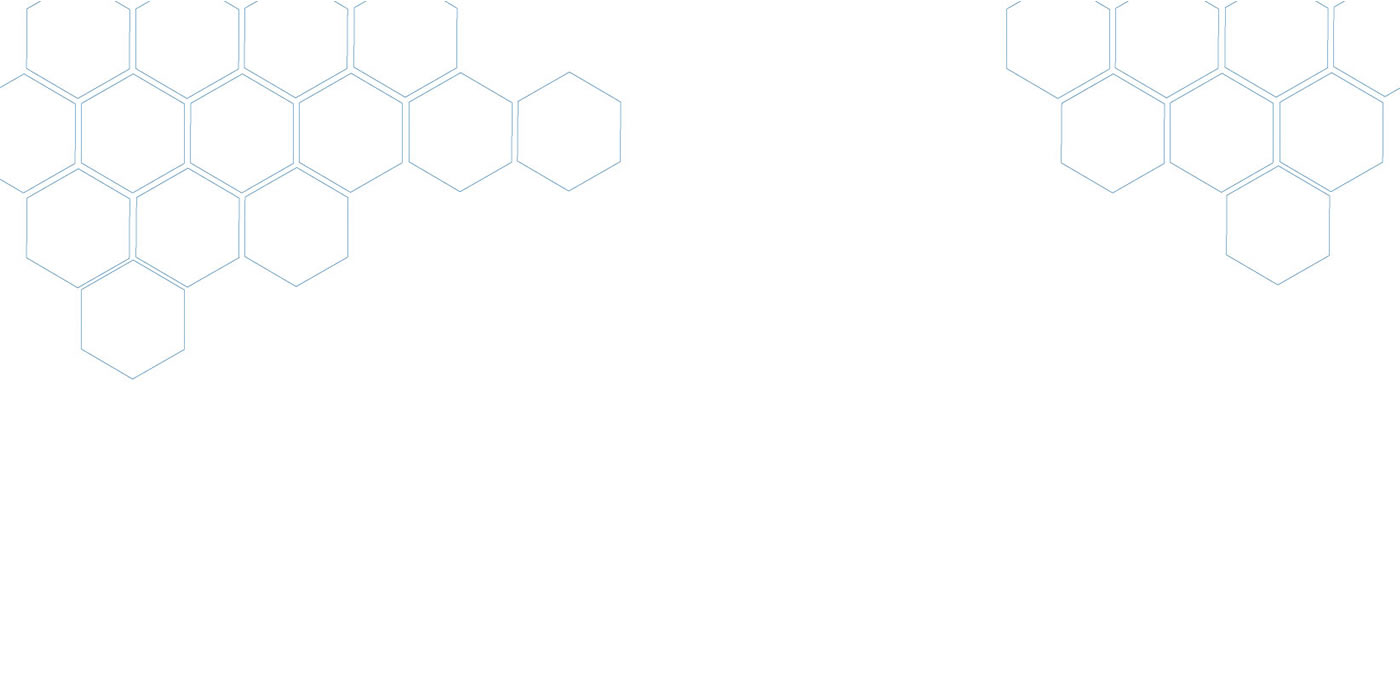STEM Isn't for Everyone … but Who Gets to Decide?
Nancy Paley, Trustey Fellows Cohort 2 - Clara Barton Elementary School in Cherry Hill, NJ

STEM is not for everyone.
Yes, you read that correctly.
I believe that STEM as a college or career pathway is not for everyone. Many educators agree with this statement, but sadly, for very different reasons.
As teachers, we try to provide our students with STEM opportunities that engage and challenge them. STEM activities often include building things, which many students enjoy, even beyond the school day. Still, not all students fall in love with STEM. Just as subjects like art, reading, and many others don’t draw the on-going attention of every student, no matter how much fun we make it, some students just don’t get hooked on STEM.
The STEM movement is all about exposing students to the four disciplines and connecting them both to each other and other non-STEM subjects; it can be an opportunity for students to experience a plethora of ideas for future endeavors. But it is unrealistic for us to expect all students to pursue STEM-related careers - just as it's unrealistic for us to expect every student to be an artist or a writer.
So I say again… STEM is not for everyone.
I have come to accept that, when given the choice, some students choose not to explore STEM opportunities. What concerns me, though, is that far too often, this choice is being made for them.
In many instances, adults, the decision makers in education, are making this choice. This is not new, and unfortunately, it still occurs far more than it should. So while STEM may not be for everyone in the long-term; it is our imperative to make sure that all students have equal access to foundational opportunities so that the choice is truly theirs.
Almost 30 years ago, I was hired to teach an enrichment program to all of the fifth- and sixth-graders in my school. Actually, I called it enrichment; no one else did. It was designed to eliminate the problem of students missing core teaching time for various pull-out programs. I had no real curriculum, but I was told it should be an extension of the core curriculum.
That was a broad directive, and I made the most of it. It gave me the opportunity to expose students to a wide variety of topics and activities that classroom teachers just didn’t have time to include in their own lessons. Our lessons included engineering challenges – STEM before STEM was a thing. And every student participated. Not every student loved it, but every student participated in every lesson.
Unfortunately, I found myself in direct conflict with the gifted and talented program. The thinking was that only the gifted students needed to be exposed to those types of lessons. I stood my ground and won the battle, but I didn’t change anyone’s mind, and my program lasted only a few more years.
Several years later, our district implemented a designated intervention/enrichment (I/E) block into the elementary school day. At the time, some administrators made it clear that enrichment activities, which included my STEM lessons, were not for students who needed interventions. We were told there should be no whole-class enrichment activities.
When I taught my earlier program, I did those activities with all of my students: identified gifted and talented students, English language learners, special ed students, and those that often flew under the radar. I was always curious, though rarely surprised, to see which students excelled at which activities. Without question, it was not always the predictable ones.
I loved seeing students who struggled in traditional classes take on leadership roles and rise to challenges when exposed to these out-of-the-box experiences. I tried to explain this to our decision-makers when they limited our new I/E program, but they stood firm.
I would like to think that, as we begin 2020, educators are more enlightened, realizing that all students have a right to be exposed to every possible opportunity, but we aren’t quite there yet.
Just this year, my school district implemented a new math program. We periodically receive emails inviting us to participate in webinars. One such recent webinar offered to help teachers provide rich math task opportunities to our “more advanced students.” While this isn’t necessarily integrated STEM, it aligns with my concern.
This pattern of offering rich, challenging, divergent thinking opportunities only to our more advanced students is not new. And, sadly, it doesn’t seem to be going away.
A look at many gifted and talented programs, STEM and robotics as extra-curricular activities, and suggestions of enrichment activities for “early finishers” indicates that we exclude a large portion of our student population.
This needs to change.
All students need to be exposed to high-quality opportunities for learning. Not because they will all enjoy it or choose to pursue careers in these areas, but because they should make those decisions - not us.
As educators, it is our job, our responsibility, to open doors for students, to expose them to varied experiences and opportunities, and to show them some of the many paths they may choose to pursue. Sure, there will be students who don’t enjoy STEM.
After all, STEM is not for everyone...but it is not for us to decide.
Are you looking to give your students more high-quality STEM experiences? Apply to become a Trustey Fellow before February 21!


